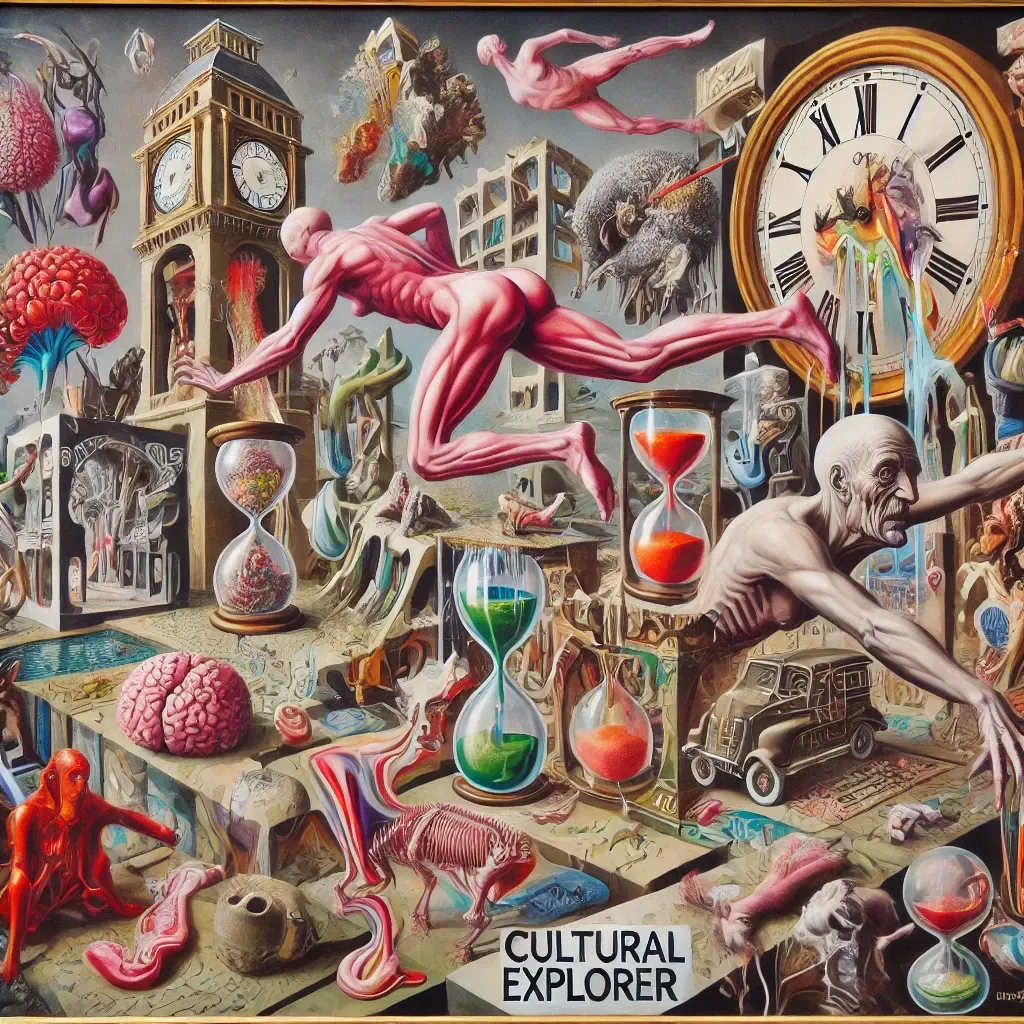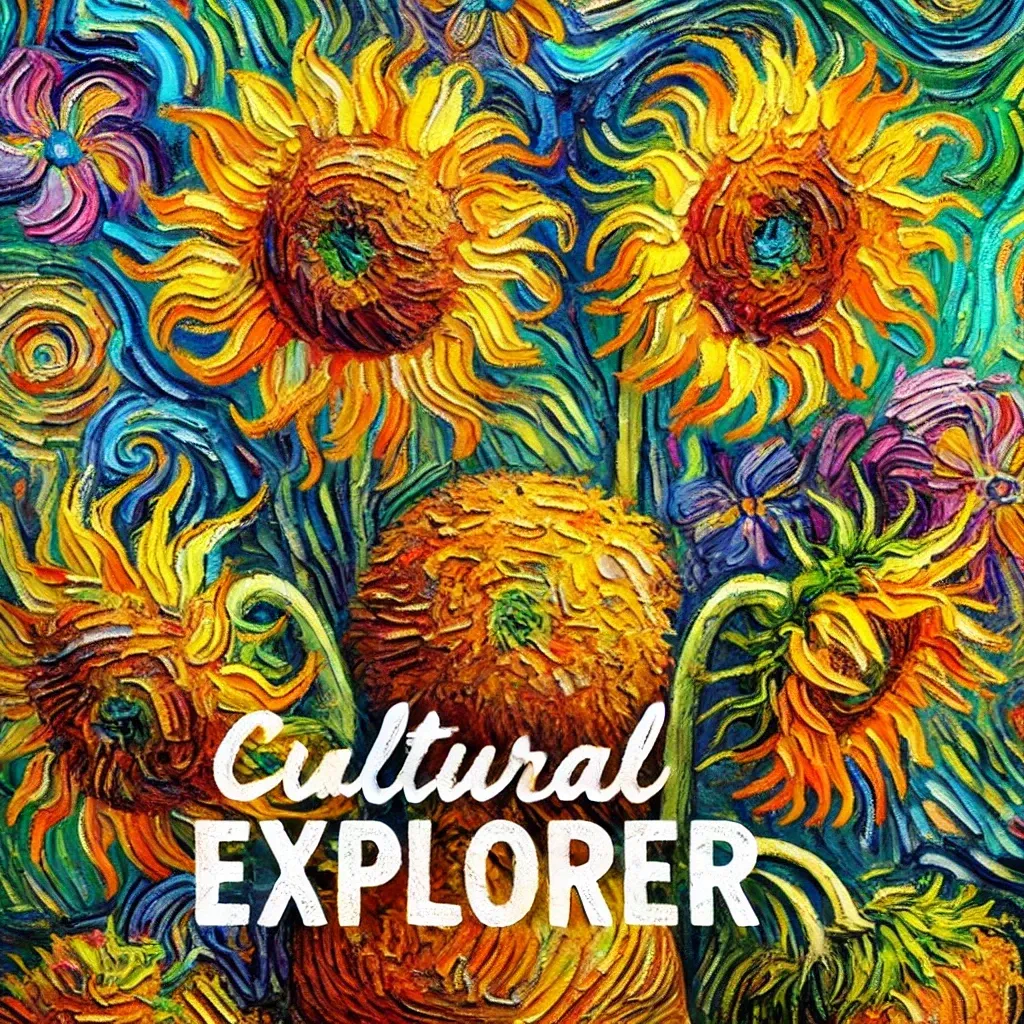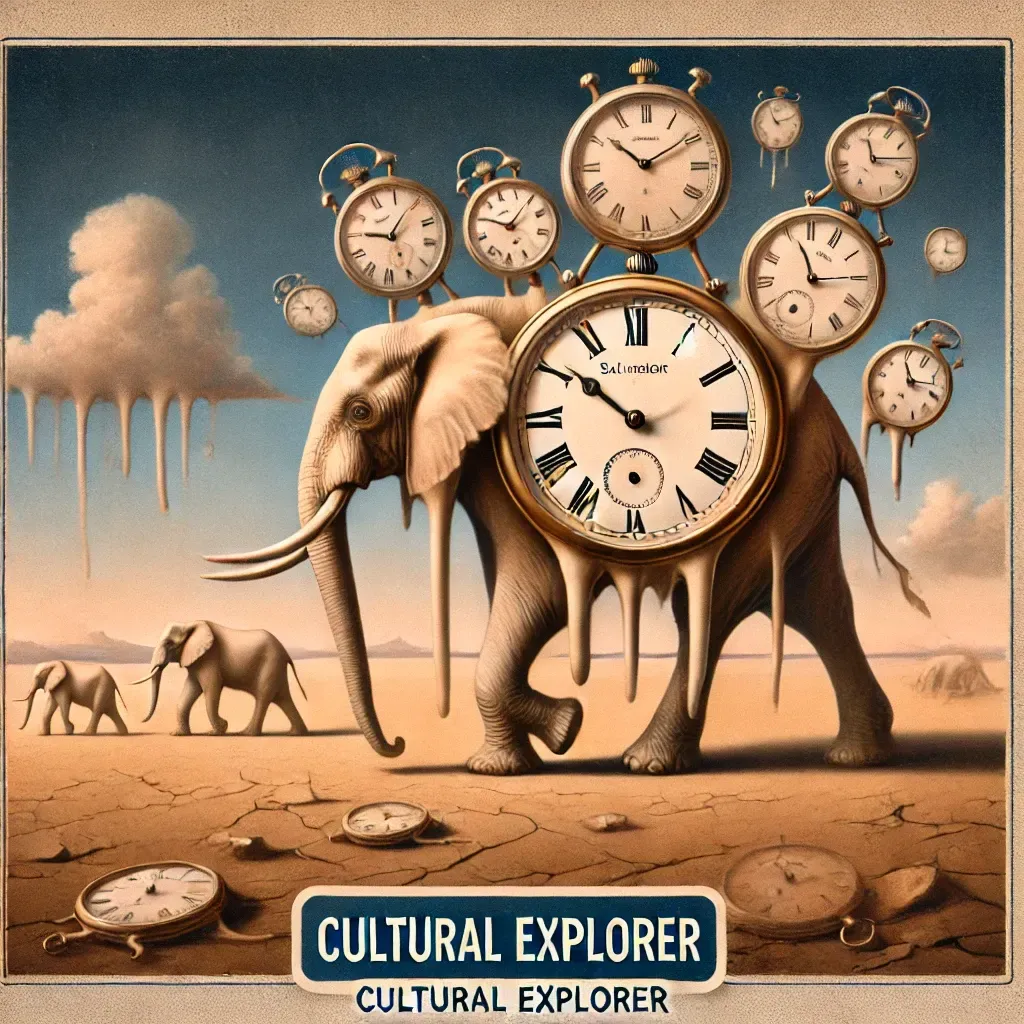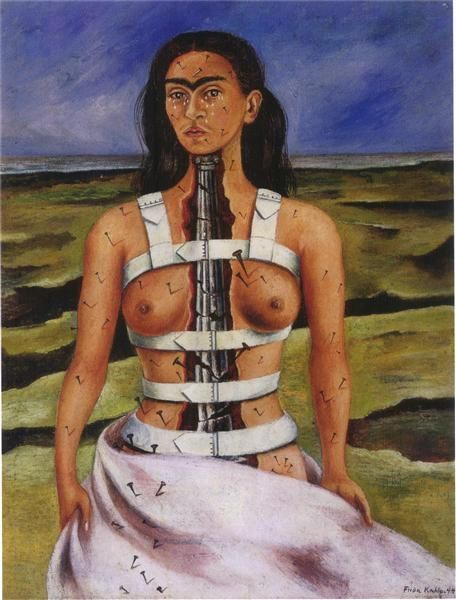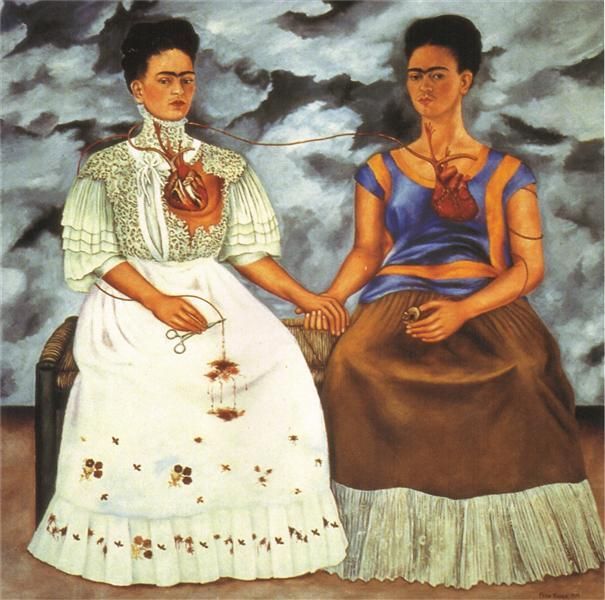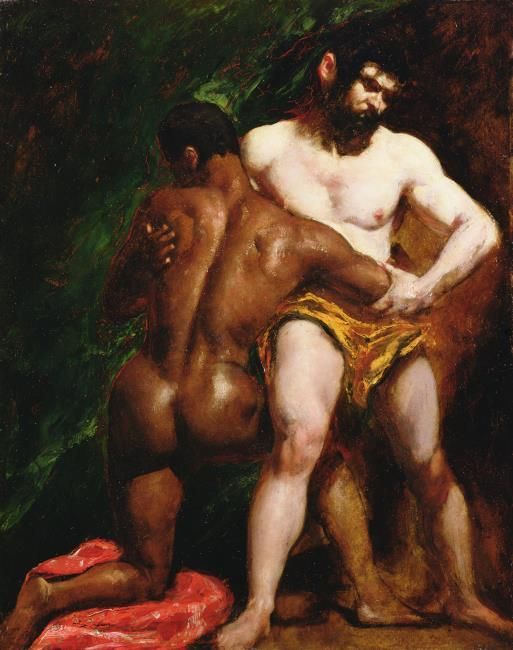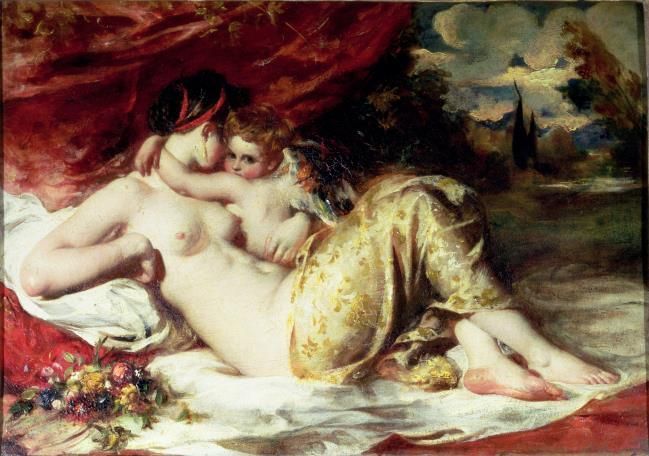- HOME
- Cultural Explorer Itineraries
- Cultural Explorer Travel
- Cultural Explorer Books
- Cultural Explorer Art
- Cultural Explorer Auction Houses
- Travel, Culture and Books - Blog
- More
- England
- Europe
- United States
- Spain
- Denmark
- Germany
- England - Yorkshire
- England - London
- England - Durham
- England - Liverpool
- England - Stratford upon Avon
- Spain - Cadiz, Jerez, Madrid
- Spain - Barcelona
- Spain - Sevilla
- Spain - Malaga and Ronda
- France - Paris
- Boston and New Haven Logisitics - Itinerary, travel, accommodation
- Boston Freedom Trail, Tea Party and Cheers
- New Haven and Yale University
- Hartford - Mark Twain's House
- Boston Art Museums - MOFA and Isabella Stewart Gardner
- Harvard and MIT Museums
- Cultural Explorer Travel - Top 10 Museums in London
- Cultural Explorer Travel - Top 10 Museums Yorkshire
- Cultural Explorer Art - Top 10 Art Galleries in London
- Cultural Explorer Art - Top 10 Controversial Paintings
- Cultural Explorer Art - The Life of the Mona Lisa
- Cultural Explorer Art - The Bowes Museum - Norman Cornish and LS Lowry
- Cultural Explorer Art - Top 10 Art Galleries in Yorkshire
- Cultural Explorer Books - Top 15 Books about Art
- Cultural Explorer Books - From a North East American Trip
- Cultural Explorer Books - Top 10 Books about Spain
- Cultural Explorer Books - Top 10 Latin American Books
- Cultural Explorer Books - Top 10 Greek Myths Books
- Cultural Explorer Books - Top 15 United States Contemporary Fiction Books
- Cultural Explorer Books - Top 10 Non-Fiction about the US
- Cultural Explorer Books - Top 10 Japan Books
- Cultural Explorer - Top 10 Books about Humans
- Cultural Explorer Auction House - Sotheby's
- Cultural Explorer Auction House - Christies
- Cultural Explorer Auction House - Bonhams
- Cultural Explorer Auction House - Phillips
- ads.txt
- Terms and Conditions
Cultural Explorer's Top 10 Controversial Paintings
1) Paul Gauguin’s time in Tahiti is marked by controversy, particularly regarding his relationships with young Polynesian girls, colonial attitudes, and his portrayal of Tahitian culture. Gauguin arrived in Tahiti in 1891, seeking a primitive and exotic life to inspire his art, but his interactions with local women, including taking teenage girls as “wives,” have been widely criticised. Scholars argue that his relationships, especially with a 13-year-old girl, reflect a colonialist exploitation of indigenous people. His paintings often depicted an idealised version of Tahitian life, obscuring the colonial realities and tensions under French rule.
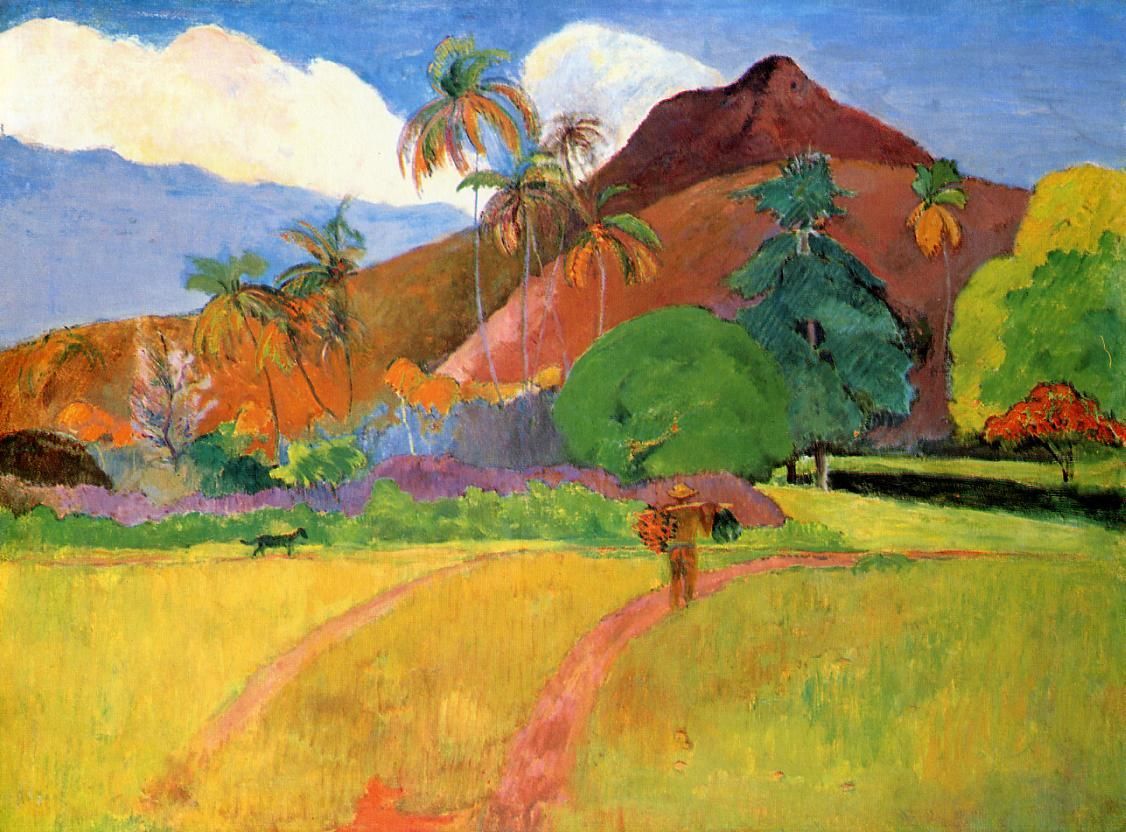
2) Jean-Honoré Fragonard's association with Marie Antoinette and the French aristocracy led to a decline in his fortunes during the French Revolution. His Rococo style, marked by its playful and indulgent depictions of aristocratic life, became increasingly out of favour as revolutionary ideals of austerity and equality took hold. Fragonard's connection to the royal court, particularly through his patrons like Marie Antoinette, made him a symbol of the excesses of the régime. As a result, during the Revolution, Fragonard lost his patrons and was forced into obscurity. He fled Paris, living in relative poverty, and his career never fully recovered in the post-revolutionary era. His style was rejected in favour of more serious, neoclassical art, which aligned with the new political climate.
Jean-Honore Fragonard - 70 artworks - painting (wikiart.org)

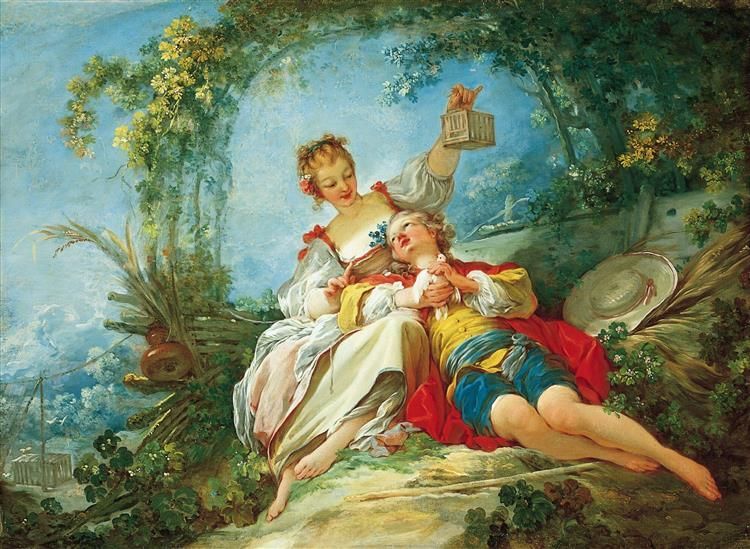
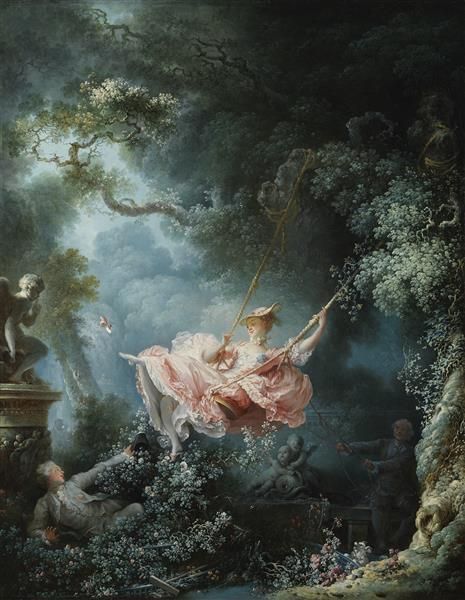
3) The Picasso controversy in France involving the Mona Lisa refers to an incident in 1911 when the famous painting was stolen from the Louvre. Pablo Picasso and his friend, the poet Guillaume Apollinaire, were initially implicated in the theft due to their association with avant-garde circles that rejected traditional art. Apollinaire had once called for the Louvre to be burned down, and Picasso had previously purchased stolen Iberian sculptures, leading police to question both of them. Although neither was involved in the Mona Lisa theft, the incident highlighted tensions between modernist artists like Picasso and the French art establishment. Picasso’s interrogation in the case added to his reputation as a rebellious figure challenging traditional art.
A bullfight, 1934 - Pablo Picasso - WikiArt.org Mona Lisa, by Leonardo da Vinci, from C2RMF retouched - Mona Lisa - Wikipedia
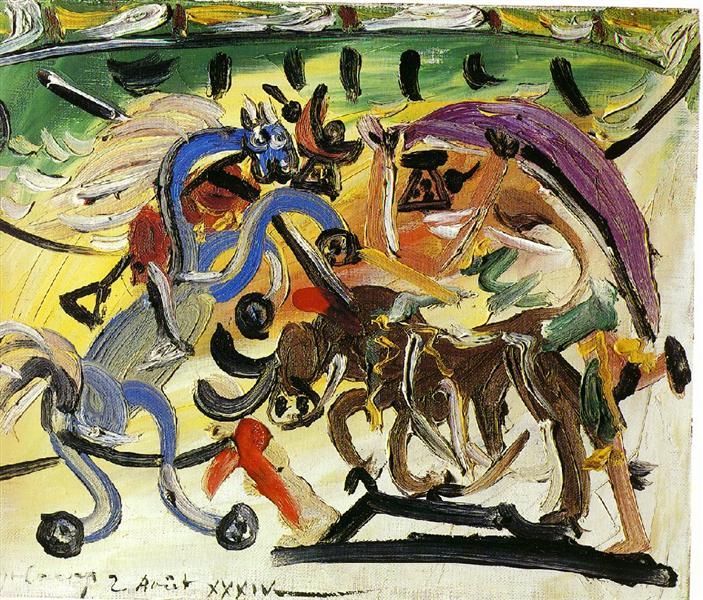
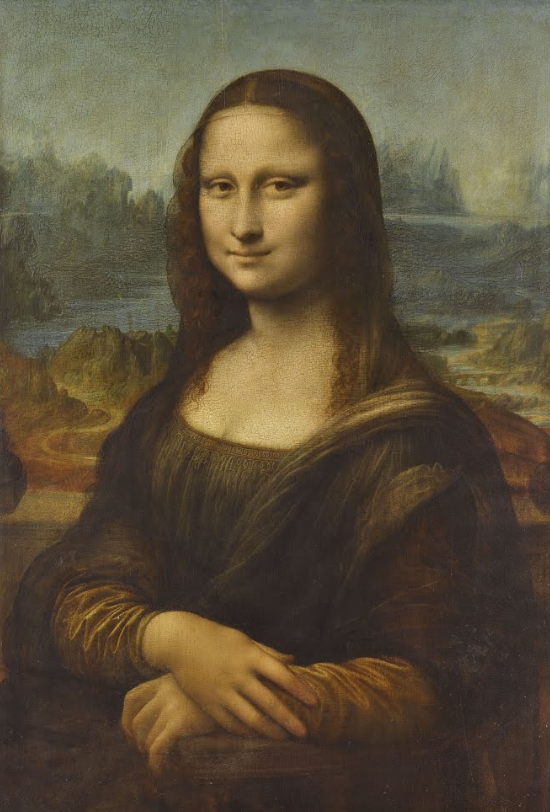

4) The question of whether Vincent van Gogh died by suicide has been debated in recent years. Traditionally, it was believed that Van Gogh shot himself in 1890 due to his ongoing mental health struggles, but some historians now suggest that he may have been accidentally shot by local boys, casting doubt on the suicide narrative. One of his most famous episodes linked to his mental turmoil was when he cut off part of his ear after an argument with fellow artist Paul Gauguin in 1888. This incident occurred around the time he painted Self-Portrait with Bandaged Ear, depicting himself with the aftermath of the injury. The uncertainty surrounding his death remains a topic of intrigue among scholars. Self Portrait with Bandaged Ear, 1889 - Vincent van Gogh - WikiArt.org

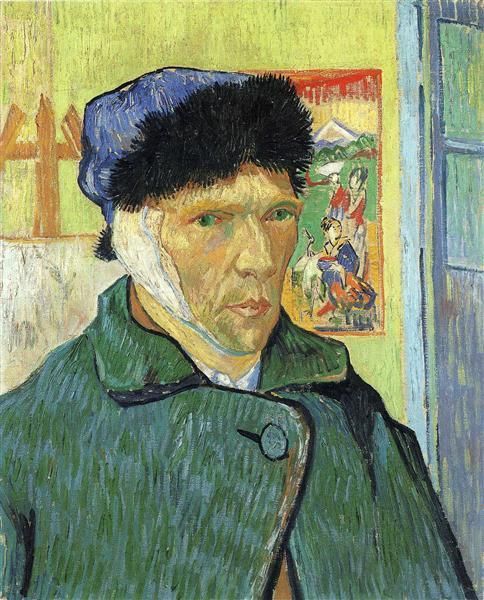
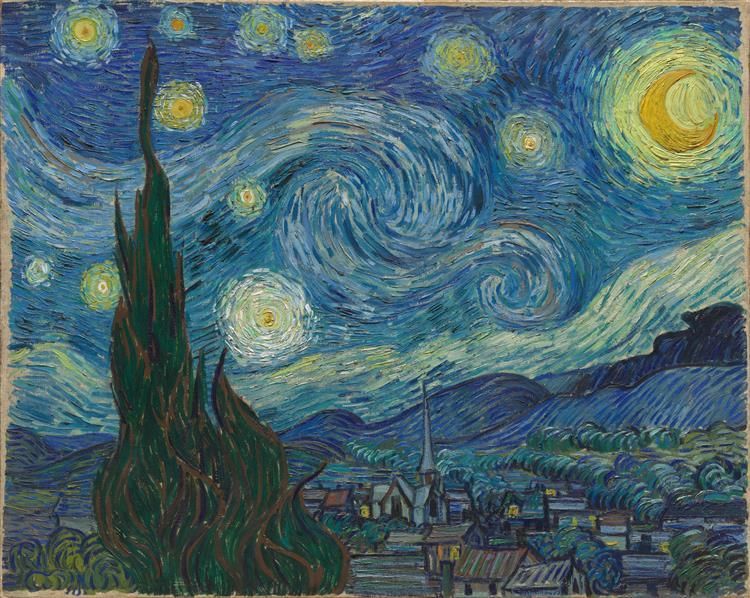
5) Leonardo da Vinci's The Last Supper, painted between 1495 and 1498, is one of his most renowned masterpieces, located in the refectory of the Convent of Santa Maria delle Grazie in Milan. Despite its artistic brilliance, the painting's quality has significantly deteriorated over time due to Leonardo’s experimental technique. Instead of using traditional fresco methods, which require quick work on wet plaster, Leonardo applied oil and tempera on dry plaster, allowing him more time to perfect details but making the work more susceptible to damage. The painting began to degrade just decades after its completion, and despite numerous restorations, its original vibrancy and details have been lost, leaving only traces of Leonardo’s original vision. The Last Supper, 1495 - Leonardo da Vinci - WikiArt.org

6) Diego Rivera's 1933 Detroit Industry Murals, commissioned by the Detroit Institute of Arts, sparked controversy due to their portrayal of industrialization and Rivera’s Marxist views. The murals depict the bustling activity inside Ford’s River Rouge plant, celebrating both workers and machinery as essential to modern industry. However, Rivera’s inclusion of political symbols, such as a panel featuring a child with a vaccination likened to a religious nativity scene, and his openly Marxist sympathies, angered conservative critics. Many saw the murals as promoting communism, which clashed with the capitalist values of Detroit’s industrial elites. Despite the backlash, the murals were preserved and are now considered among Rivera’s greatest works, symbolizing the intersection of art, industry, and labor.
Diego Rivera's Detroit Industry — Google Arts & Culture
BBC Radio 4 - Moving Pictures, The Detroit Industry Murals by Diego Rivera
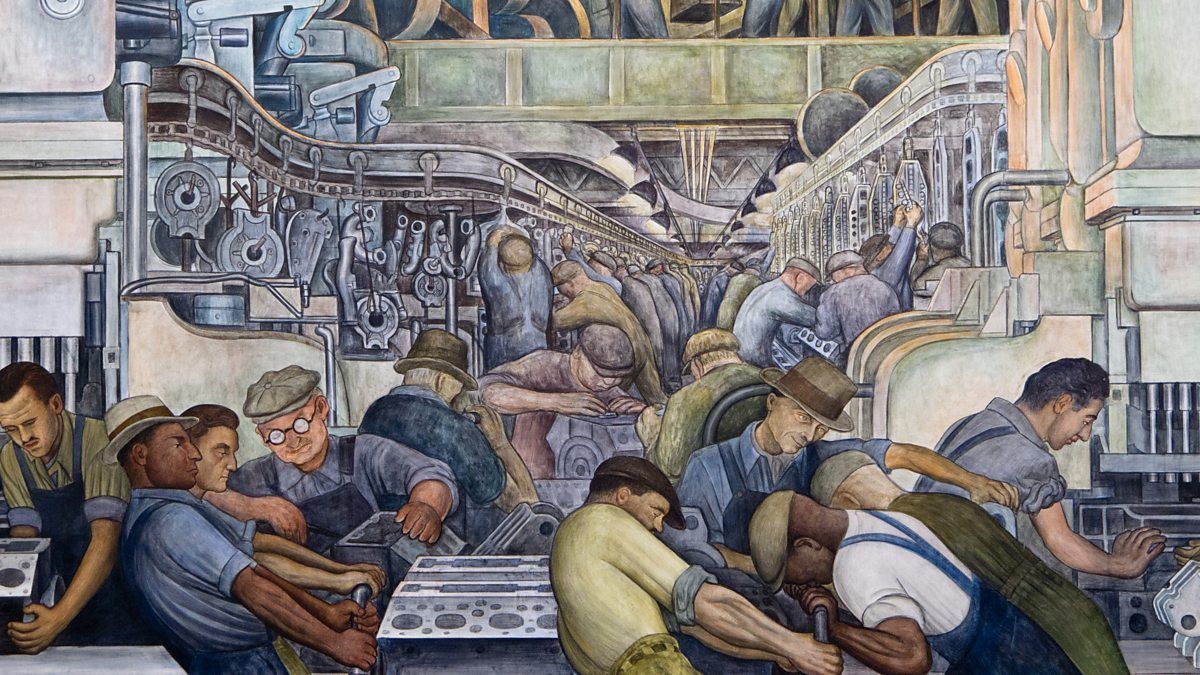
7) Frida Kahlo, the iconic Mexican painter known for her vivid self-portraits and exploration of identity, pain, and femininity, was also a figure of controversy in her time and beyond. Her unapologetic portrayal of her physical and emotional suffering, along with her bold depictions of sexuality and gender, challenged societal norms. Kahlo's work often drew from her own tumultuous life experiences, including her tumultuous marriage to fellow artist Diego Rivera and her struggles with chronic pain. Additionally, her outspoken political views and affiliations with communism further fueled debates about her legacy. Today, she remains a symbol of feminist empowerment and cultural pride, though discussions about her identity and influence continue to provoke diverse opinions.
7) Édouard Manet's painting The Execution of Emperor Maximilian (1867-1868) sparked controversy due to its bold political content, depicting the execution of Maximilian I of Mexico by a firing squad, a direct critique of French imperialist policies and Napoleon III's involvement in Mexico. The painting faced censorship in France, where it was considered too politically sensitive. The version in the National Gallery, London, is incomplete because it was reassembled from fragments after Manet's original large canvas was cut up by his family after his death. Some pieces were lost, leading to a partial reconstruction. Originally it was presented at the National Gallery as four separate paintings. It was artist, Degas, a friend of Manet, who originally reassembled the painting.
Why did Degas have to reassemble Manet's 'Execution of Maximilian'? | National Gallery - YouTube
Edouard Manet | The Execution of Maximilian | NG3294 | National Gallery, London
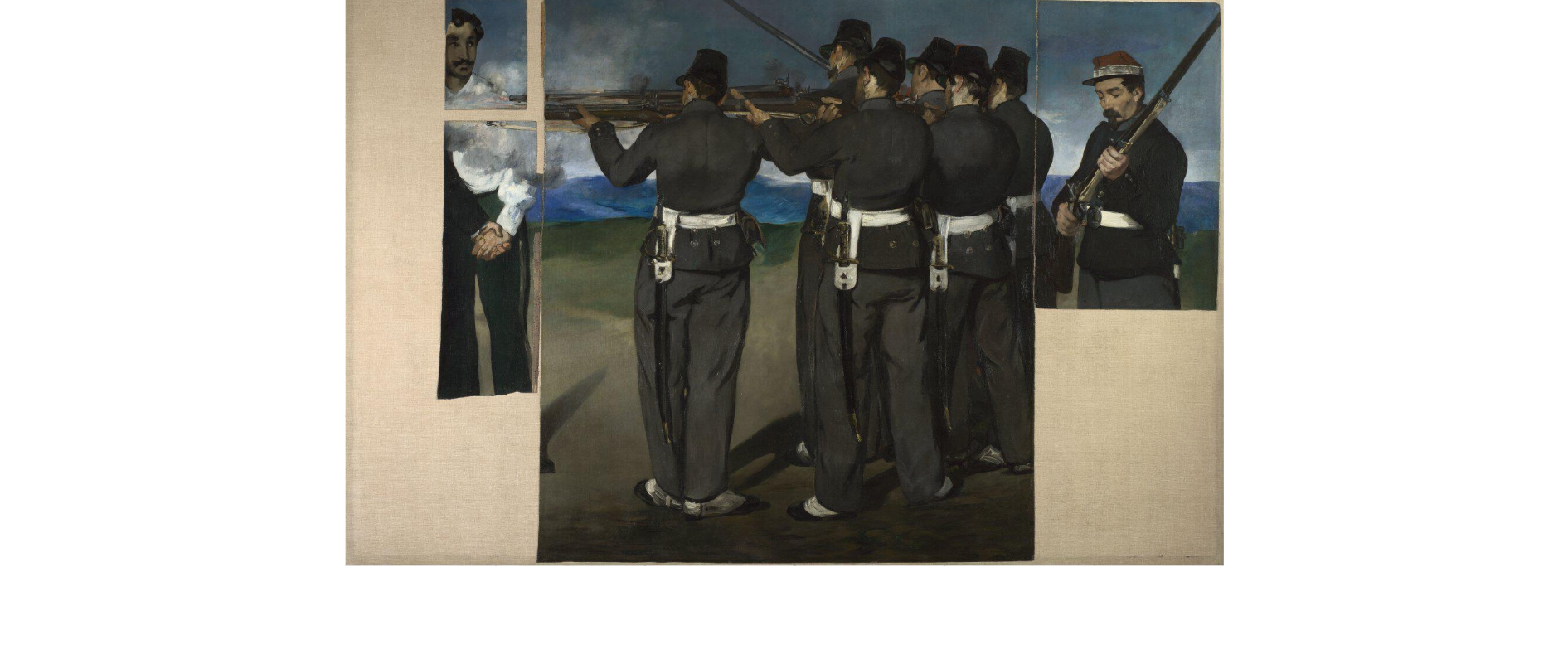
8) Edgar Degas's connection to controversy is surrounding the Portraits of a Slave in Louisiana which relates to his complex legacy as an artist whose work reflects both beauty and troubling historical themes, including slavery. In the 1860s, Degas created several portraits of enslaved people in New Orleans, a city where he spent part of his youth. While these paintings offer a glimpse into the lives of individuals affected by the slave trade, they also raise questions about the artist's portrayal and the context in which he painted them. Critics argue that Degas’s focus on aesthetics may have obscured the harsh realities of slavery, making it difficult to separate the beauty of his technique from the ethical implications of his subject matter. This controversy reflects broader discussions about representation in art and the responsibilities of artists to address historical injustices.
Cotton Merchants in New Orleans - Hilaire-Germain-Edgar Degas — Google Arts & Culture
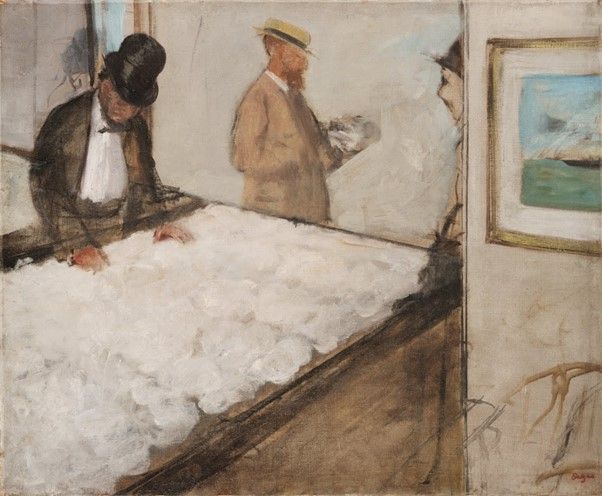
10) William Etty, a 19th-century British painter from York, known for his depictions of nudes, faced controversy for both his artistic focus and the themes of sexuality in his work. Etty often painted mythological and historical subjects featuring nude figures, which challenged the conservative norms of Victorian society. His approach to the human form was celebrated for its sensitivity and color but also drew criticism for perceived obscenity. Furthermore, speculation about Etty's sexuality and his close relationships with men added to the intrigue surrounding his art. Although there is no definitive evidence of his homosexuality, his unconventional lifestyle and the sensual nature of his paintings prompted debates about morality and sexuality in the context of art, reflecting the broader societal tensions of his time.
Collections Search | York Museums Trust

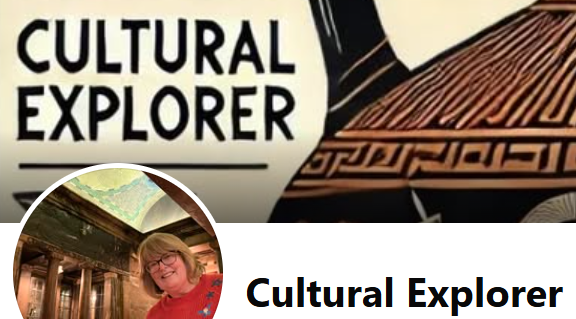

Facebook page: https://www.facebook.com/SarahCulturalExplorer
Instagram: https://www.instagram.com/sarahculturalexploreruk
My Bio: Travel opens doors to art, museums, and galleries, where stories come alive. I love books, paintings, collectors, and auctions - the treasures connecting us to history, creativity, and culture. Enjoy regular posts on my facebook page.
Email: culturalexploreruk@gmail.com
